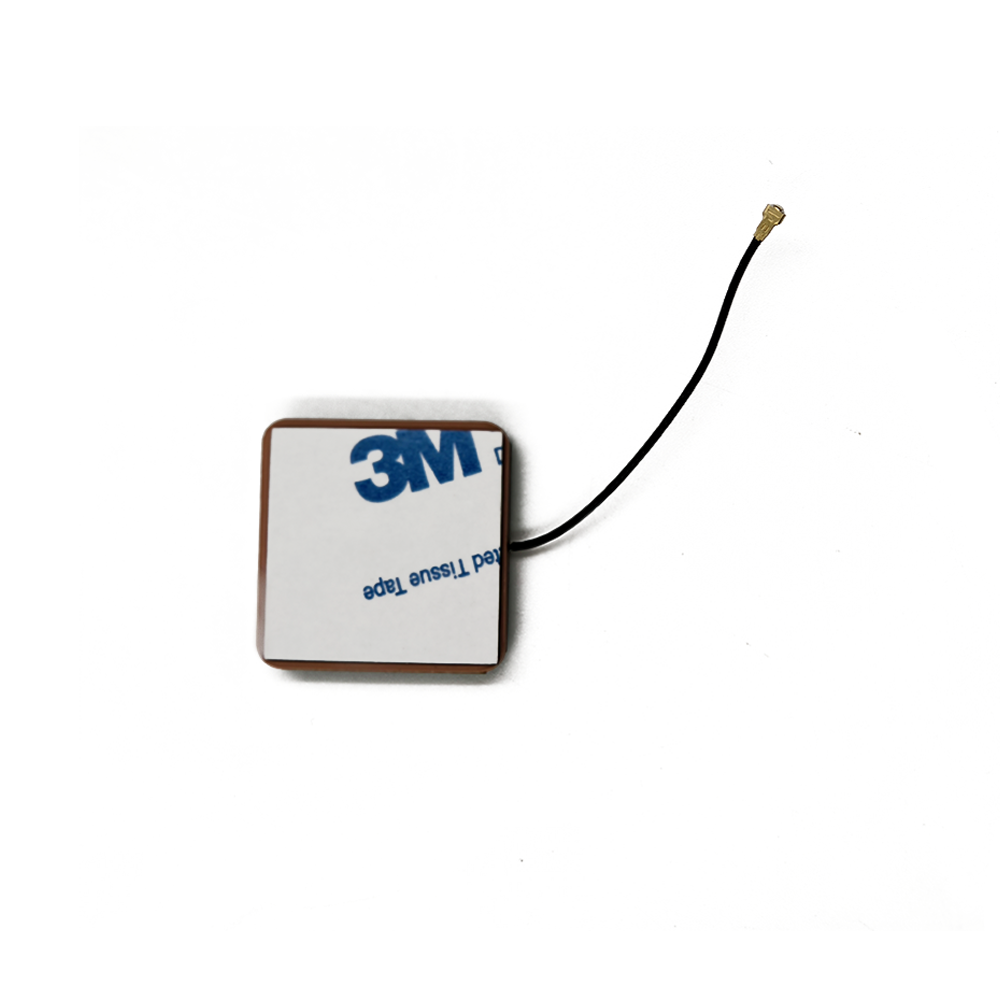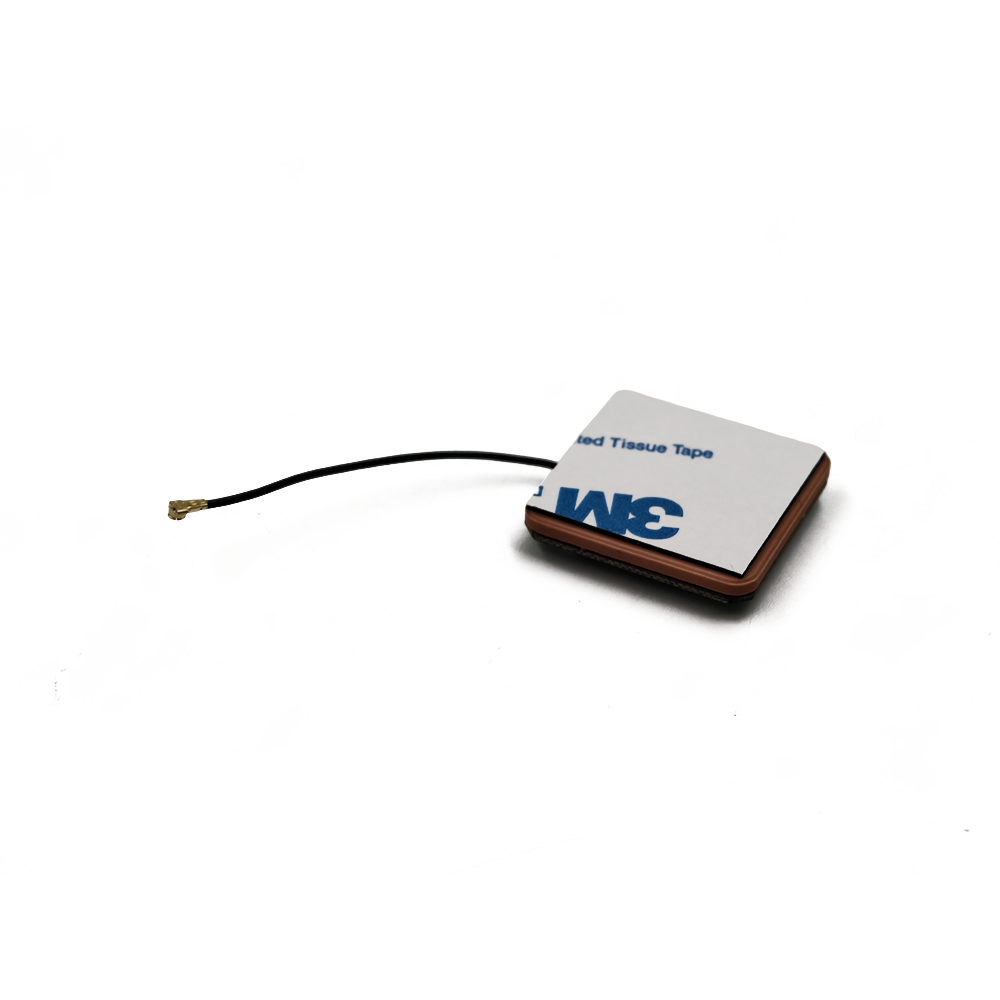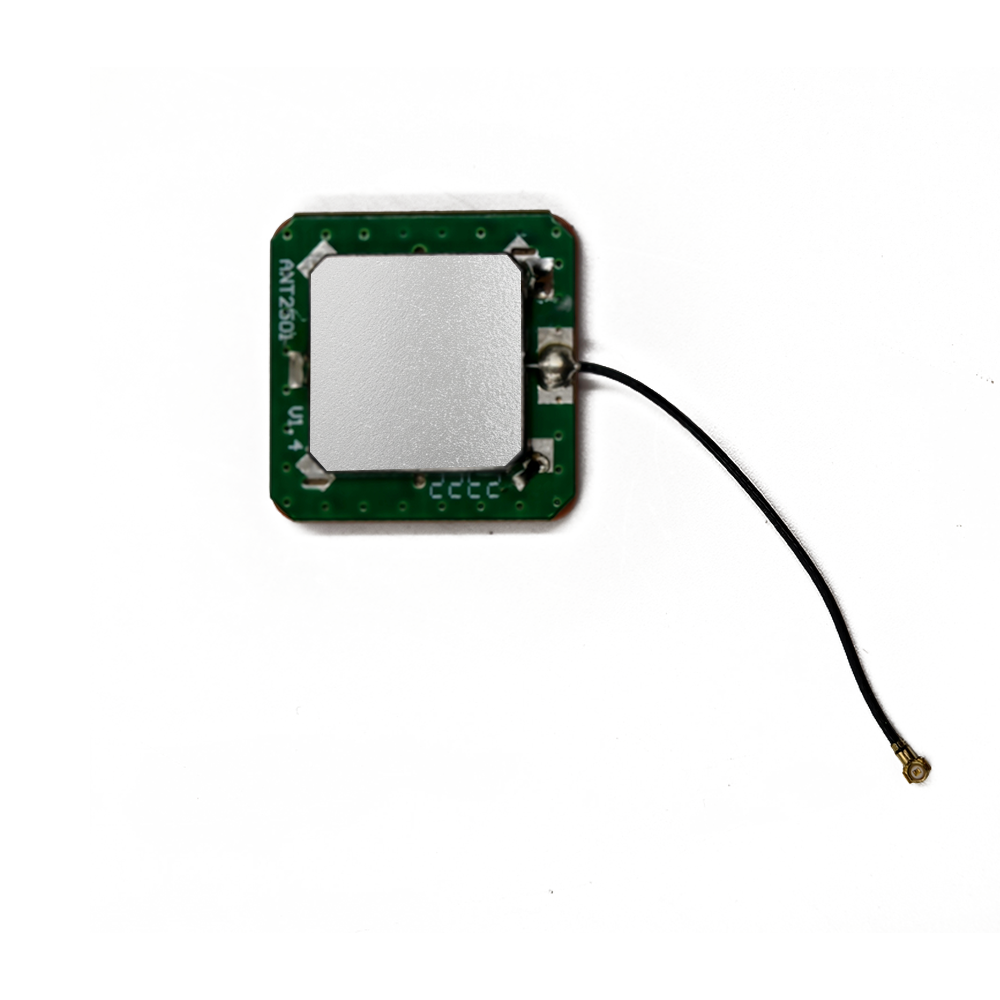Compact active GNSS ceramic antenna modules find applications across a wide range of industries, driven by the increasing demand for high-precision positioning solutions. As technology continues to evolve, new applications and trends are emerging that will shape the future of these modules.
Current Applications
Automotive Navigation: The modules are used in vehicle navigation systems to provide accurate and reliable positioning data, enabling features such as real-time traffic updates, route optimization, and autonomous driving assistance.
IoT Devices: Compact active GNSS ceramic antenna modules are integrated into IoT devices such as asset trackers, smart meters, and environmental sensors to provide location-based services and enable remote monitoring and management.
Drones: The modules are used in drones for navigation, obstacle avoidance, and precise landing, ensuring safe and efficient operation in various environments.
Wearable Technology: The compact size of the modules makes them ideal for wearable devices such as smartwatches and fitness trackers, providing users with accurate positioning data for navigation, exercise tracking, and safety features.
Future Trends
Integration with 5G and Edge Computing: The integration of compact active GNSS ceramic antenna modules with 5G networks and edge computing will enable real-time data processing and analysis, supporting advanced applications such as autonomous vehicles, smart cities, and industrial automation.
Multi-Constellation and Multi-Frequency Support: Future modules will support an increasing number of GNSS constellations and frequency bands, improving positioning accuracy and reliability in all environments. This will be particularly important for safety-critical applications such as autonomous driving and aviation.
AI-Driven Signal Processing: The use of artificial intelligence (AI) and machine learning algorithms will enable the modules to dynamically adjust their performance based on environmental conditions and signal quality. This will improve signal reception and mitigate interference in real time, enhancing overall system robustness.
Advanced Thermal Management: As the power consumption of active antennas increases, advanced thermal management solutions will become essential to ensure reliable operation in high-temperature environments. Techniques such as liquid cooling or phase-change materials may be incorporated into module designs to improve heat dissipation.
Conclusion
Compact active GNSS ceramic antenna modules represent a significant advancement in positioning technology, offering high sensitivity, wideband support, and miniaturization benefits that are ideal for modern applications. By integrating ceramic dielectric substrates with active circuitry, these modules overcome the limitations of traditional passive antennas, providing reliable positioning data in challenging environments. While they face challenges such as power consumption and cost, ongoing advancements in materials science, signal processing, and thermal management are addressing these issues, paving the way for widespread adoption in automotive navigation, IoT devices, drones, and wearable technology.
As the market for connected devices and high-precision positioning solutions continues to grow, the demand for compact active GNSS ceramic antenna modules will increase. Future trends, such as integration with 5G and edge computing, multi-constellation support, AI-driven signal processing, and advanced thermal management, will further enhance the capabilities of these modules, driving innovation across various industries. By leveraging these advancements, manufacturers and developers can create more efficient, reliable, and intelligent positioning solutions that meet the evolving needs of modern applications.




































































 Language
Language
 En
En Cn
Cn Korean
Korean

 Home >
Home > 







 18665803017 (Macro)
18665803017 (Macro)













